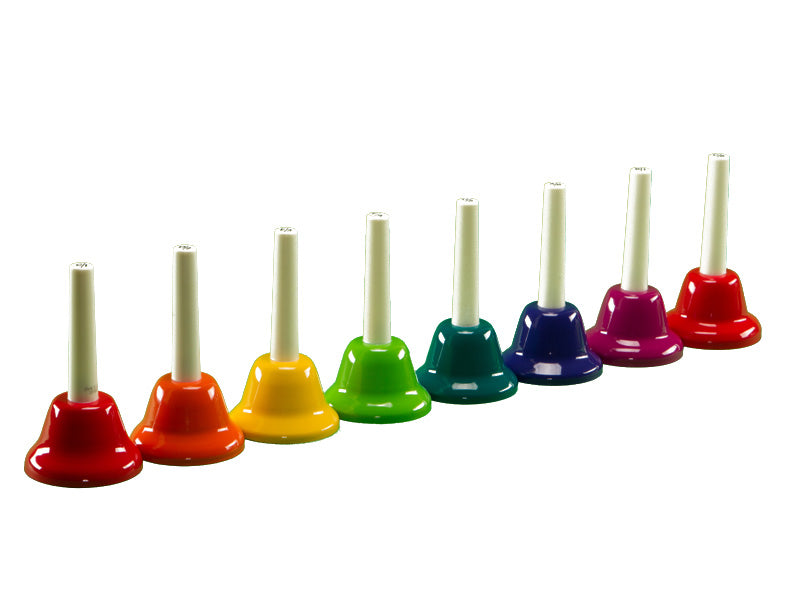

Gemologists have studied the gemological characteristics of emeralds of different origin, describing how they appear under conventional gemological instruments, as well as the inclusions of emeralds, including two- and three-phase fluid inclusions as well as solid inclusions. The gas–liquid two-phase inclusions of the emerald in this area were mainly CO 2 and H 2O, and the samples contained typical dark inclusions of magnesium-rich biotite sheets that revealed the tectonic-magmatic-related geological environment in this region. The Raman spectra showed absorption at 410 cm −1, 569 cm −1, 687 cm −1, 995 cm −1, and 1067 cm −1, with an emerald species recognition pattern. The infrared spectrum of samples indicated that the absorption of type II H 2O was higher than type I H 2O in the emeralds from Ethiopia, which is consistent with the high content of alkali metals detected by LA-ICP-MS that would lead to an increase in the content of type II H 2O. The Ethiopian emerald had absorption of Fe 2+, Cr 3+, V 3+, and Fe 3+, and the typical absorption intensity of Fe 2+ (around 850 nm) was higher than that of Fe 3+ (around 371 nm) in the UV/Vis/NIR spectra. In addition, the LA-ICP-MS assay revealed that the combination of alkali metals (Li, Na, K, Rb, and Cs) and some trace elements (Sc, V, Cr, and Fe) could distinguish the Ethiopian emeralds from those from other regions. LA-ICP-MS results demonstrate consistent results for Cr (734.34 to 1644.3 ppmw), V (89.61 to 106.61 ppmw), and Fe (4468.04 to 5022.3 ppmw) based on the chemical composition analysis by EDXRF. The EDXRF results show that the chemical composition of Ethiopian emeralds is distinctly regional compared to emeralds of Colombian origin, being low in Cr, low in V, and high in Fe. The Ethiopian emeralds were examined using conventional gemological instruments, including X-ray fluorescence spectrometry, LA-ICP-MS, UV/Vis/NIR, infrared spectrometry, and Raman spectrometry, providing a wealth of data and research information related to Ethiopian emeralds. Ethiopian emerald samples with different colors ranging from dark green to light green were selected to study the gemological properties, chemical composition, and spectral characteristics. Ethiopia has been gaining attention in recent years as an emerging source of high-quality emerald.


 0 kommentar(er)
0 kommentar(er)
